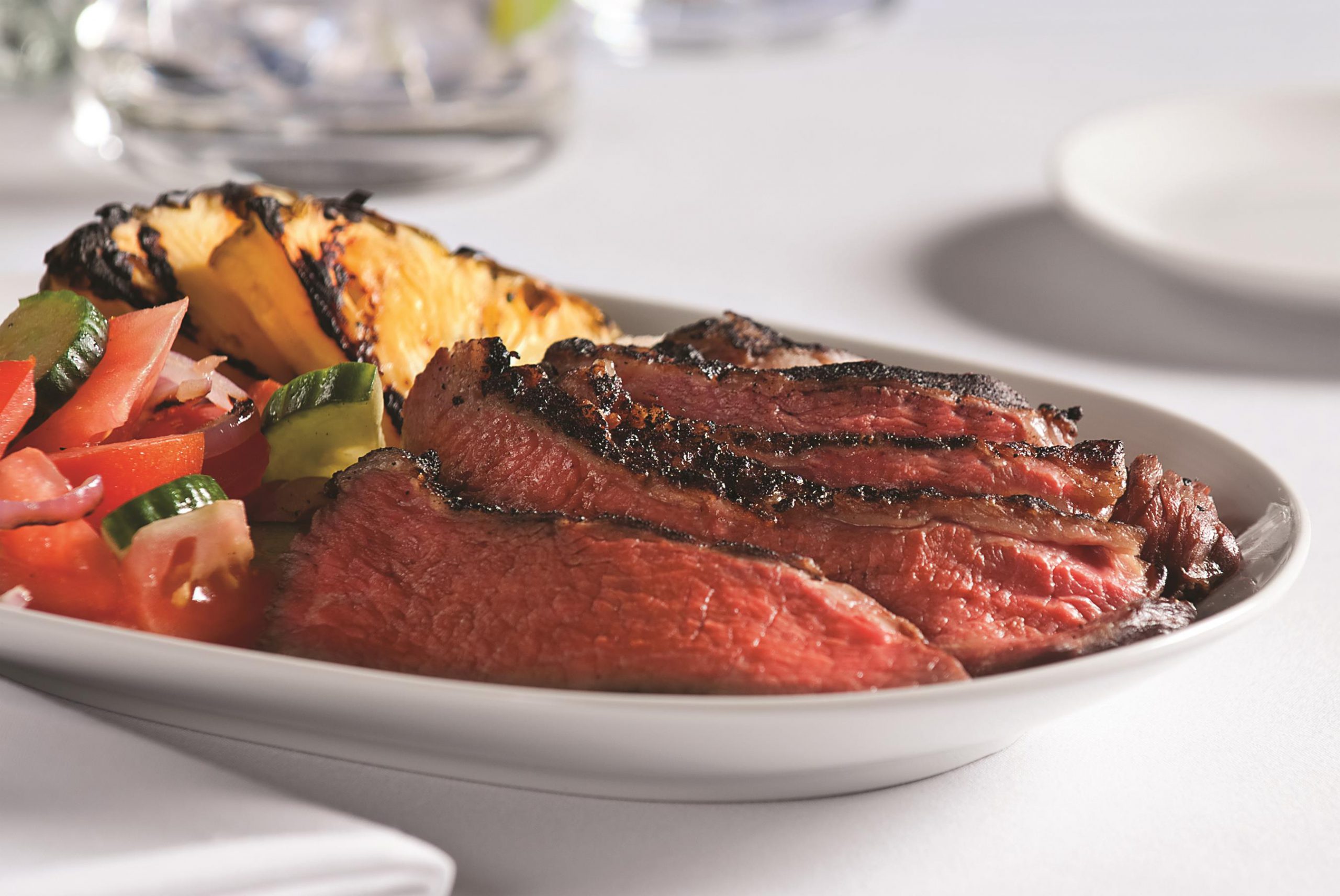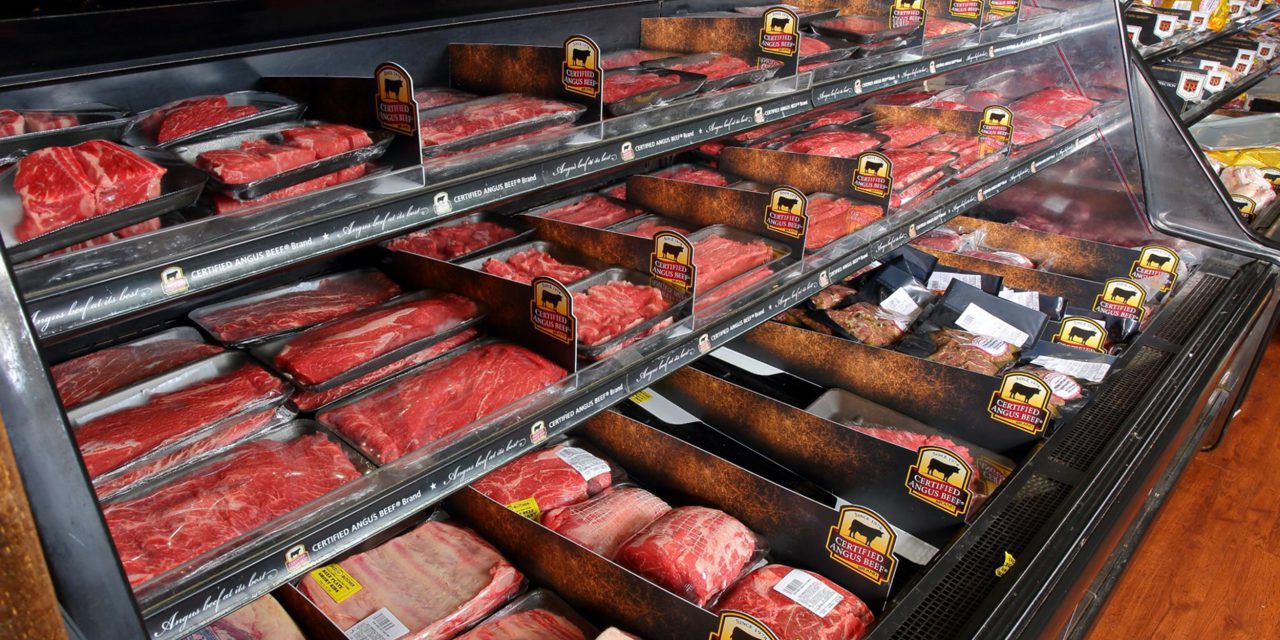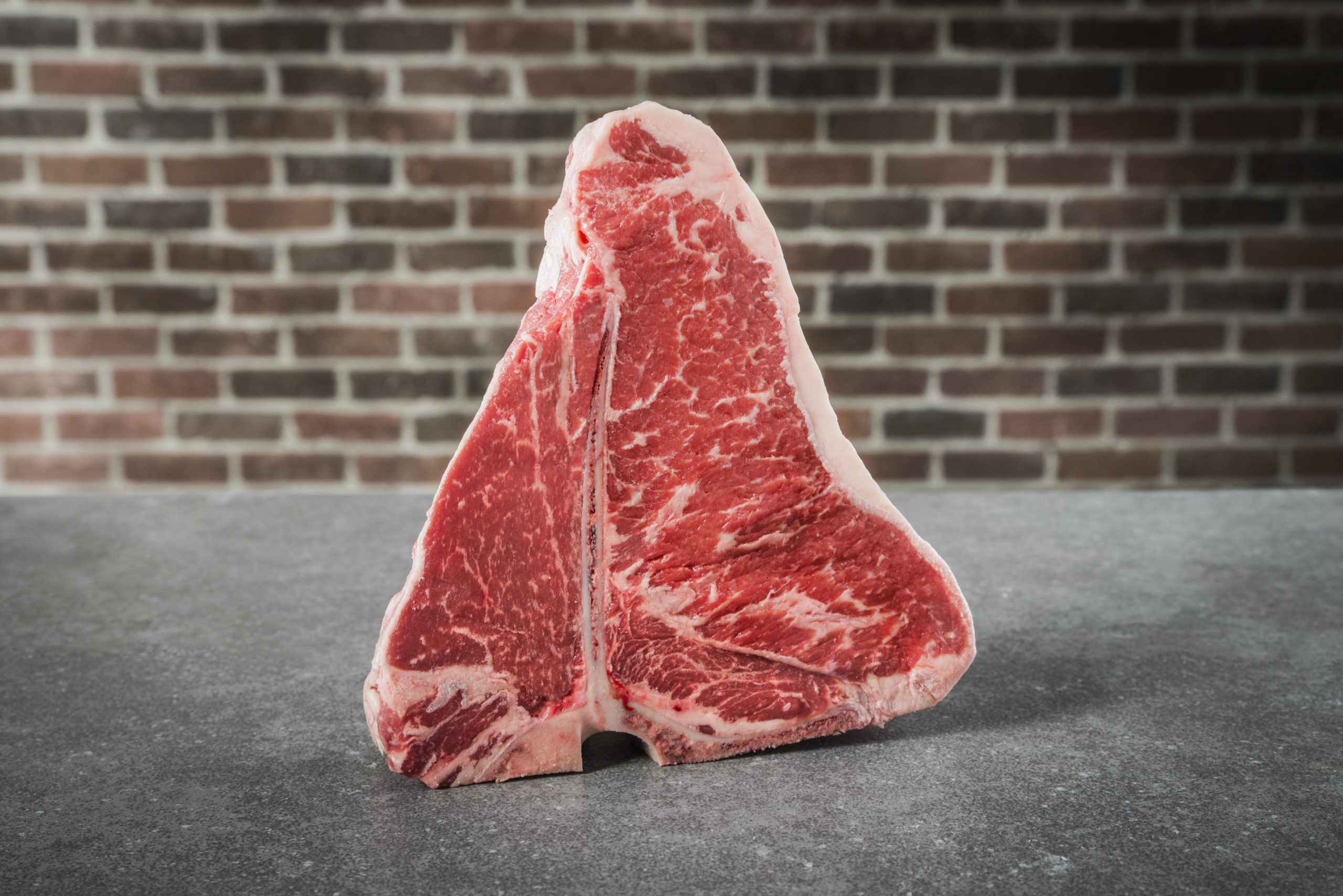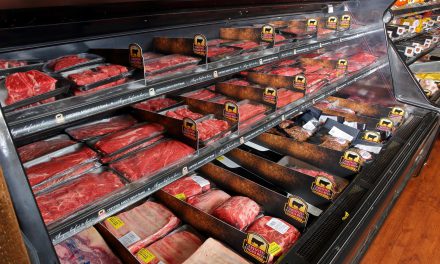Are you a “it’s not on my list, so it’s not in my cart” grocery shopper? Maybe you’re the master of “looks good to me” and items land in the cart with a well-rehearsed toss. Sometimes you go wild and do a little of both?
We’re not here to judge.
Whether there’s a method to your grocery shopping or not, options at the meat case can still feel overwhelming. Meat scientist for the Certified Angus Beef ® brand Diana Clark shares some insider advice for selecting beef and beginning to speak like a butcher.
Masters of marbling
“The white flecks called marbling are signs of flavor,” Clark says.
Marbling is the intramuscular fat or white flecks in the red meat that melt into juicy goodness when cooked and help maintain the flavor and texture of beef in case of overcooking. “Just as you wouldn’t eat a baked potato without toppings, you shouldn’t eat a steak without marbling,” she says.
Marbling provides the flavor and texture but it also determines the quality of the beef, too.
Quality is a standard
After harvest, beef is graded according to USDA standards and labeled Prime, Choice or Select based on the amount of marbling present.
USDA Prime has the most abundant source of marbling, followed by USDA Choice as a high-quality beef option. USDA Select is the beef found with the least amount of marbling.
The Certified Angus Beef ® brand specifications call for beef to be upper 2/3 Choice (sometimes called the top-tier of Choice) or Prime to meet the brand’s standards. Beyond USDA standards, Certified Angus Beef ® has to meet all 10 of the brand’s specifications.
“To make things easier for you at the meat counter, all you have to do is look for the Certified Angus Beef ® logo,” Clark says. “And you know you will be getting a quality product every time.”
Clark advises shoppers to head to the meat counter first thing in the morning. The meat counter manager is more likely to be there after the cases have been set up for the day. These folks are happy to help answer any questions you might have and select the best Angus beef for your next family dinner or (small) gathering.
Inside the case
If you’re trying to decide which cut would work best, Clark shares some insight on a few options that should be available as cases and counters fill back up with beef.
Ground beef with a 90/10 lean to fat ratio works best for spaghetti or chili.
“If you want to create a thick, juicy gourmet-like burger, look for an 80/20 blend,” Clark says. The extra fat is going to melt and make a juicy, tasty burger.

Craving steak but don’t want to break the bank? The sirloin might be a good option to check out first. Don’t let the fancy names fool you—the coulotte (also known as the picanha) steak comes from the top sirloin, too. The classic porterhouse gives not one but two muscles to enjoy with both the tenderloin and the strip hugging the small T-shaped bone. Clark says the flank steak is another family favorite.
A tri-tip makes a great smoking option if you’re looking to feed a few people or want to make sandwiches as leftovers. The chuck roll makes juicy shredded beef to feed a crowd, too.
Unwrapping at home
Life is busy and weekend shopping trips might be the only ones that work in the schedule. If you’re a Sunday grocery shopper unwrapping meat on Wednesday for dinner, it might not have the bright cherry red color it had in the store. Now, it’s looking a bit duller with a purplish hue.
Fear not. Clark says as long as it doesn’t smell bad, it’s still great to grill and eat.
“Just like when you slice an apple and leave it sit for a bit, the presence of oxygen will slightly discolor the slice, but it’s still good to eat,” she compares. “The same can be said for a steak.”
Grocery shopping doesn’t have to be stressful. Versatile and wholesome, beef can keep its place on your grocery list—or lack thereof—because you are on your way to becoming a meat counter connoisseur.






